- What is Abstract Art?
- Examples of Abstract Art Paintings

- 28 December '19
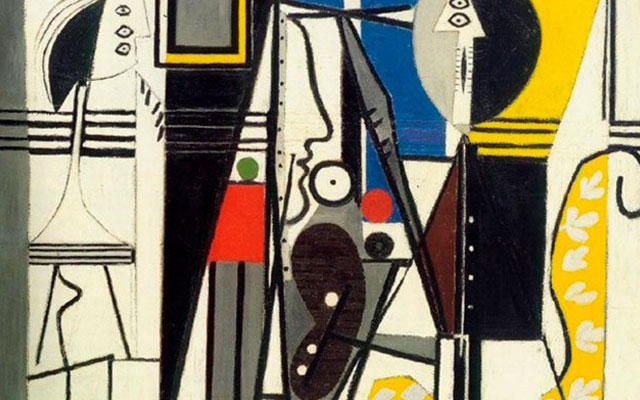

by Robert McIntosh
28 December '19What is Abstract Art?
Abstract art is an essential trend of modern art that started in the 20th century. All the major movements of the first two decades, including Fauvism, Expressionism, Cubism, and Futurism, in some way, emphasized the gap between art and natural appearances.
From its beginnings in the 1900s, abstraction has baffled, outraged and been the site of negotiation on the part of artists and spectators alike. We will trace these origins from French Fauvism and Pablo Picasso's and Braque's Cubism which respectively abstracted colour and form from nature, and travel through the varying incarnations in abstract history, from the Geometric, the Abstract Expressionist, de Stijl, the Technological and the Lyrical.
Modern abstraction manifests the most profound philosophical and spiritual concerns of twentieth-century man. The 1980s, which we will briefly outline in terms of the evolution of modern abstraction, presented new challenges and indeed thereby new opportunities for abstract painting, and we will observe a few of the notable names and styles from that decade onwards. For those who seek abstraction definition, this article may help one get a better understanding.
Finally,
The history of abstract art
Abstraction origin in the west stretch back to the early twentieth century. The rapid advance of technology in the previous century led many artists to observe a need for a new method and means to represent the world. Both humanity and the world were thus felt to be changed by these advances. Russian-born Wassily Kandinsky initiated the movement in the late 19th century. His distinctive perspective on the shape and function of art highlighted the synthesis of the visual and the auditory. He visualized sound as color, and this unusual perception was a guiding force in the evolution of his artistic style.
Fauvis and Cubism
The abstraction of at least some degree could be seen in ancient art and the art of non-western cultures. In the west, the influence of these cultures came to light in France Fauves. The name originated from a remark of the French art critic Louis Vauxcelles at the Salon of 1905; coming across a quattrocento-style statue in works by Matisse and his associates. He has said, ‘Donatello au milieu des Fauves!’ (‘Donatello among the wild beasts’). The used non-naturalistic color in the depiction of scenes.
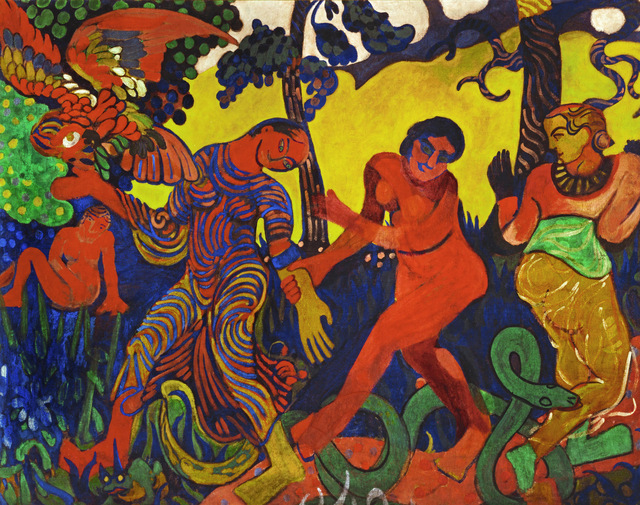
A style that has broken up and fractured forms and spaces within the pictorial world was developed later by Pablo Picasso's and Georges Braque's.
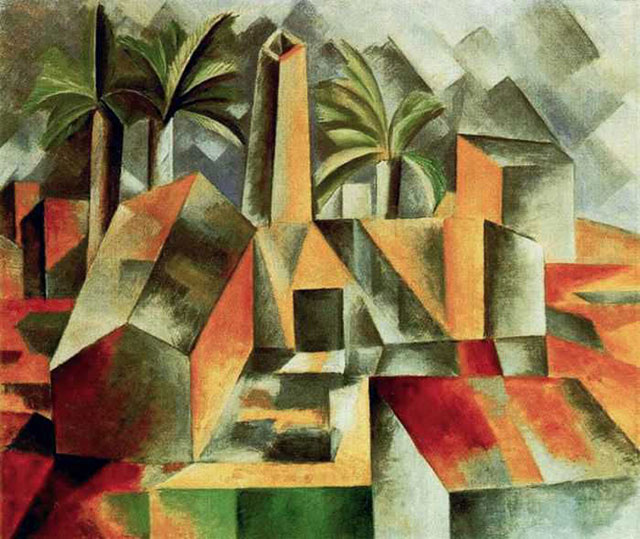
These two art-historical movements are generally considered to be the foundation of avant-garde Modernism in the west and represent a rejection or a dissolution of the traditionally accepted sense-data of the visible world.
Geometric abstract painting
A seminal moment for the abstract in painting came in 1923 with the Russian Kazimir Malevich's Black Square. This work contained merely a black square on a white ground.
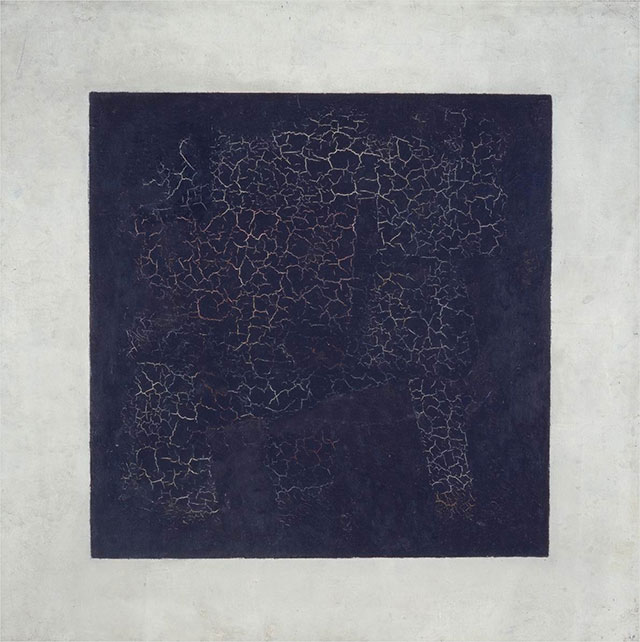
This geometric abstraction favored the impersonal, the technological and the mathematical over the expressive qualities of the most prior art. Simultaneously in Europe, abstraction took on a metaphysical or religious concern. The movement cited color and form as the inspiration for a more meditative and humanist bent.
Kupka was profoundly impressed with the first Futurist manifesto, published in 1909 in Le Figaro. Kupka's work became increasingly abstract around 1910--11, representing his theories of movement, color, and the connection between painting and music.
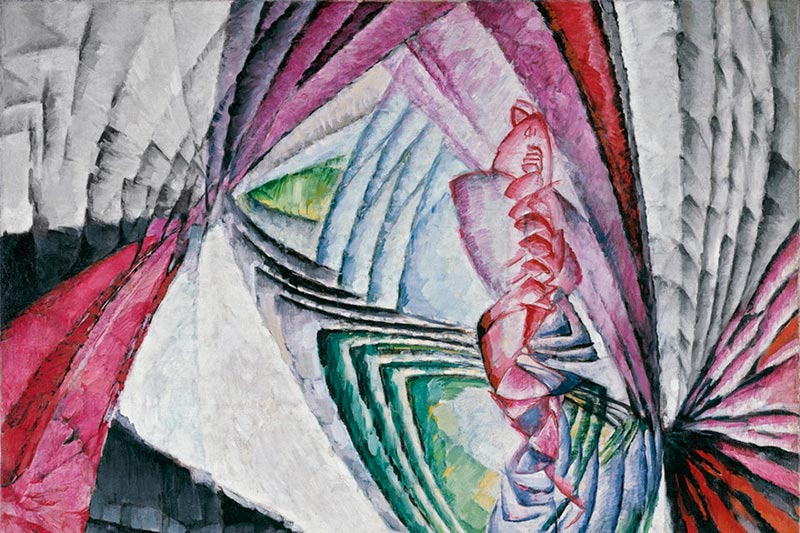
Piet Mondrian saw the Netherlands when World War I broke out and averted his return to Paris. Throughout the war years in Holland, the artist reduced his colors and geometric shapes and devised his nonobjective Neoplastic design.
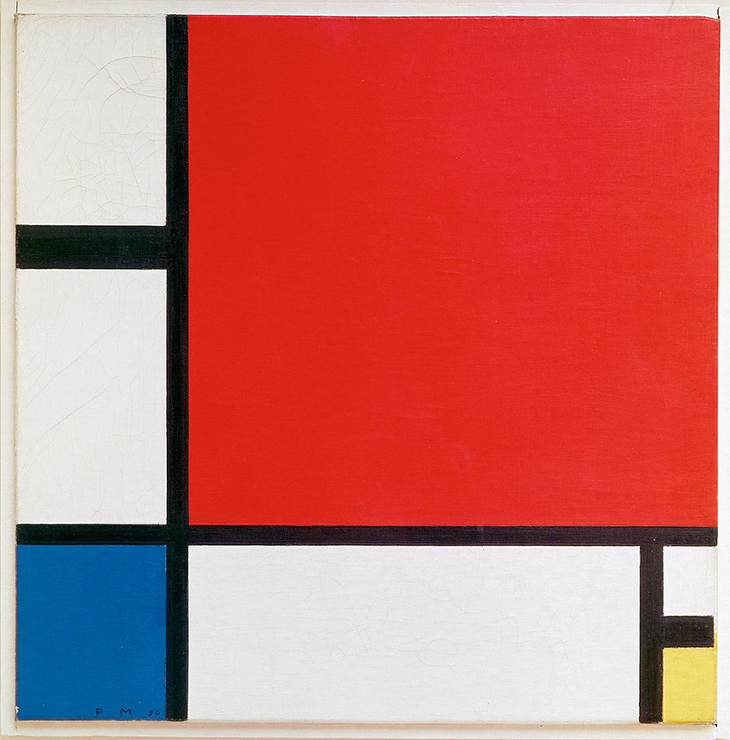
Abstract Expressionism
However, up until the 1970s, a celebration of science pervaded abstraction and held technological 'constructions' to be of paramount importance, as opposed to the inward-looking individual. Science was seen by many as most conducive to the absolutes of beauty and truth.
This technological positivism in abstraction followed one of the pioneering and most canonical styles of abstract in the U.S., i.e. Abstract Expressionism, with such painters as Mark Rothko, Willem de Kooning, Jackson Pollock, and Helen Frankenthaler bucked the geometric trend and restored to their art the mythic, the religious and the personal meaning, leading to pure abstraction. In this case, we relate to any art that stresses the artist's emotional and psychological reaction to subject matter, often with bold colors and distortions of form. The development of the art style began in the early 20th century.
The work's titles mainly established these meanings as their fields of color or 'all-over' painting techniques revealed a lyrical and individual use of color and form.
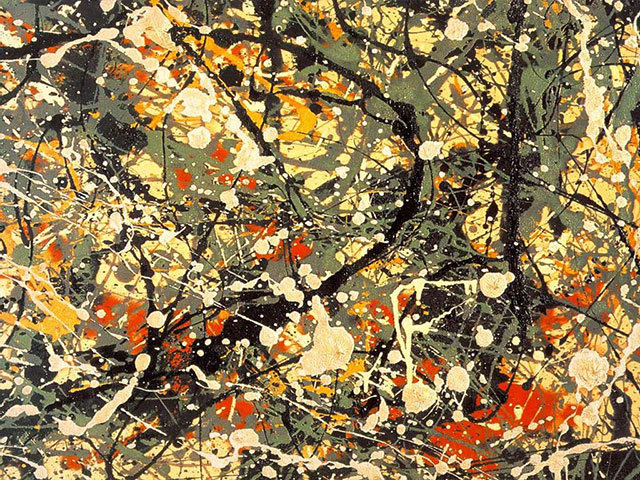
These paintings – along with the High Modernist theory that championed them – showed a concern also with the literal objecthood of the painted canvas. Broadly, these trends within abstraction persisted up until the late 1970s, providing the ground for much contention and appreciation.
Strands of Abstraction
Abstraction in the art can either be complete or partial. Complete abstraction bears no resemblance to the natural world and is most identifiable with those mentioned above, such as Malevich's Black Square.
Partial abstraction is usually that which is taken from nature, for example, Year After Year by Arshile Gorky.
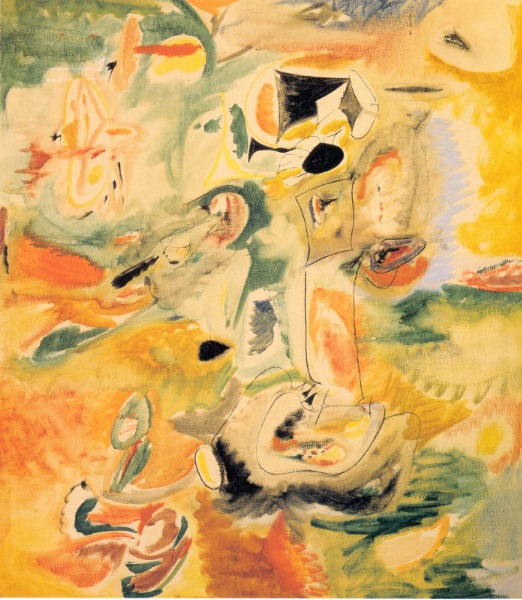
Here, nature is not as it appears to the eye, but its forms are flattened. Gorky uses expressive sweeps of color. The technique works on the effects of the scene and the sensibility of the aestheticizing mind. As such, this abstract work is as much evidence of an inner psychological state as it is of a landscape formation.
Abstraction from nature has a long historical tradition – from ancient cave paintings to Robert Delaunay's experiments with light effects in the early twentieth century. Italian Futurism originated in the 1920s and carried with it elements abstracted from nature. In their paintings, artists like Umberto Boccioni and Giacomo Balla manipulated the scenes.
With the advent of Malevich in Russia and Piet Mondrian in the Netherlands in the 1920s, pure or complete abstract set off in earnest. Abstract Expressionism from the 1960s gradually relinquished its canonical status to the likes of Optical abstraction. The latter was a more rigorous successor to the prior art of Delaunay with its concentration upon pure color and light effects.
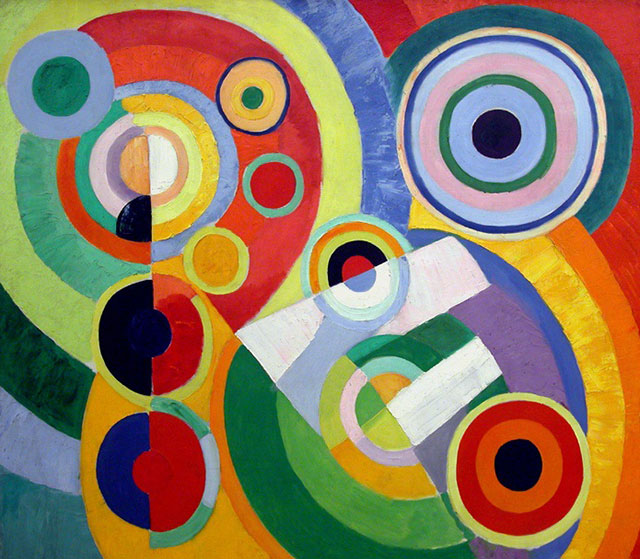
Optical abstraction directed the spectator to fixate on the process and the data of visual perception, with light itself becoming the form for artists like Kenneth Noland. His abstraction has been termed 'post-painterly abstraction' because it eradicates personal expression.
High Modernism
With the return to figuration and the increasing pluralism of influences, modernist styles came to prominence transiting to High Modernist abstraction. From the 1980s onwards abstract painting persisted, this time in a riot of color and varying textures that reflected new preoccupations – sometimes within a single artwork.
These works could either be expressive, putting the artist at the center of the work or materialistic and utterly concerned with the painted surface itself as an object.
The world most famous abstract artists from this decade were Howard Hodgkin, John Hoyland, Peter Halley, Gerhard Richter. Frank Stella's pursuit of the progress of formalism had already extended over a long career.
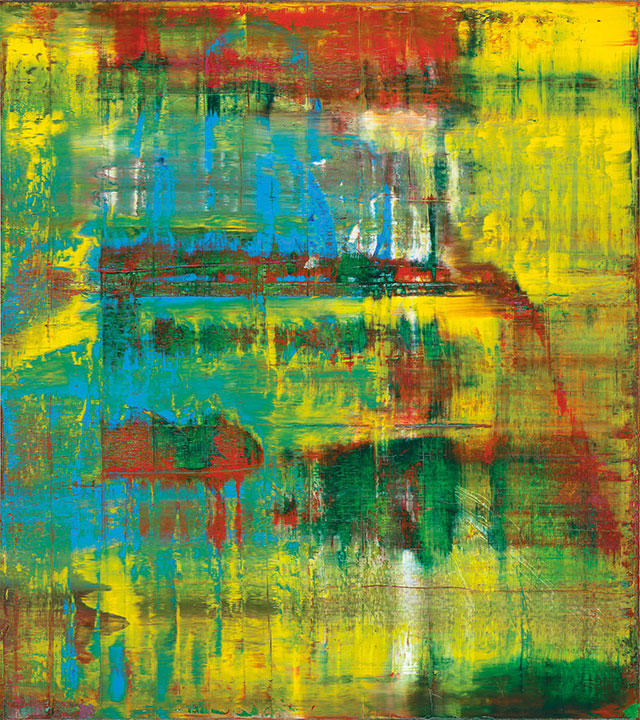
Gerhard Richter's work is described as more in the 'metaphysical' abstract tradition. His paintings show the results of paint being poured and dripped on as well as swiped and painted.
Minimalism
Artists like Frank Stella – a painter, sculptor, and print-maker – explored Minimalism and post-painterly abstraction. He has developed a more syncretic or hybridized approach to art-making since the 1980s, as the deep reliefs of his paintings were transformed into sculptural elements.
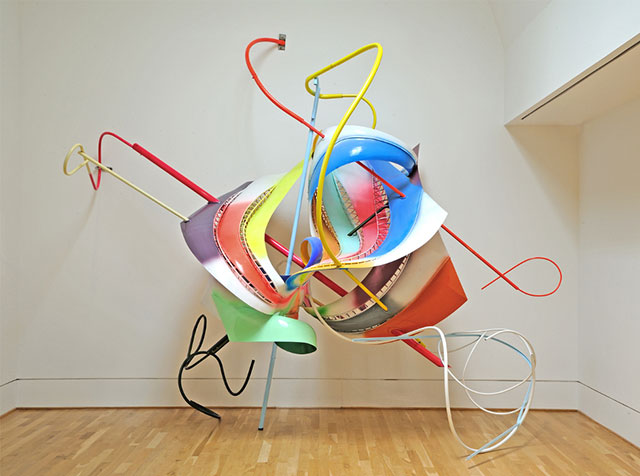
Frank Stella style culminated his design of abstract free-standing public sculptures that renounced the perceived exclusivity of abstraction in the 1990s.
Symbolism
Similarly, syncretic is the late work of Gheorghe Virtosu who mastered a code building technique to create the most representational abstract ever. Each of his artworks carries a title that guides the viewer to the interpretation of the work.
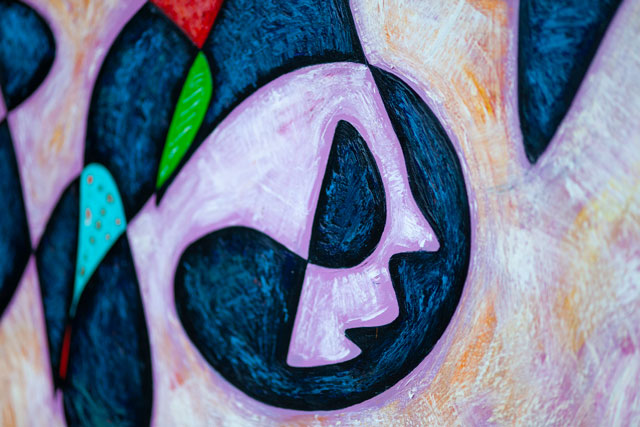
These recent developments in the world of abstract prove the style or medium to be a resilient one and very rich in associative potential. Also, due to the increasing globalization of influence in the digital age, abstraction cannot be summarised in its current inceptions, as artists across the world are in constant creation bringing both transcendent and local concerns to the abstract realm.
The Trend that Persists
In the 1840s the invention of photography was followed by pessimism about the validity of painterly representation on canvas. It happened again in the 1960s with the recession of the influence of Abstract Expressionism in America. However, as we are moving into the 21st century, painterly abstraction has proven to be in persistent trend up to the present day.
Technology, despite its visual exhaustiveness, when separated from expressive and lyrical abstraction, presents only an image of the world. It cannot cover, explain or articulate the gamut of interior human emotion or thought. A lyrical and expressive abstract – which includes the individual, artist, and spectator, is of a necessary humanist tradition. It restores the individual to the world and the world to the individual. Both elements are part of a conspectus of existence: 'what it means to be alive and to perceive and share'.

-
Art Advisory Services


